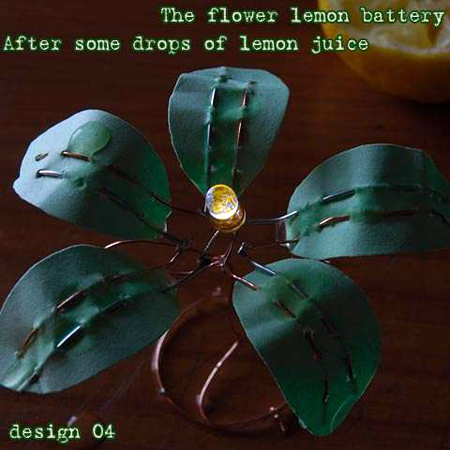
Current fluorescent lamps are great for lighting large areas using very few Watts; however, LEDs are far more efficient at producing light and have less of an impact upon the environment considering there is no mercury within them. [Andrew] sent in his team’s LED florescent bulb. The first revision utilized 87 LEDs, but to increase output the second revision uses 210. The assembly can’t actually be placed in current fluorescent lamp ballasts and must use a 12 volt 1 amp power supply, but perhaps future versions will correct for this. Another problem is the relatively small viewing angle, and while there is a diffuser, we’re wondering if they have any other ideas to spread the light and adjust for the color temperature without reducing output? We wonder how it compares to some of the commercially available LED florescent lamps.















